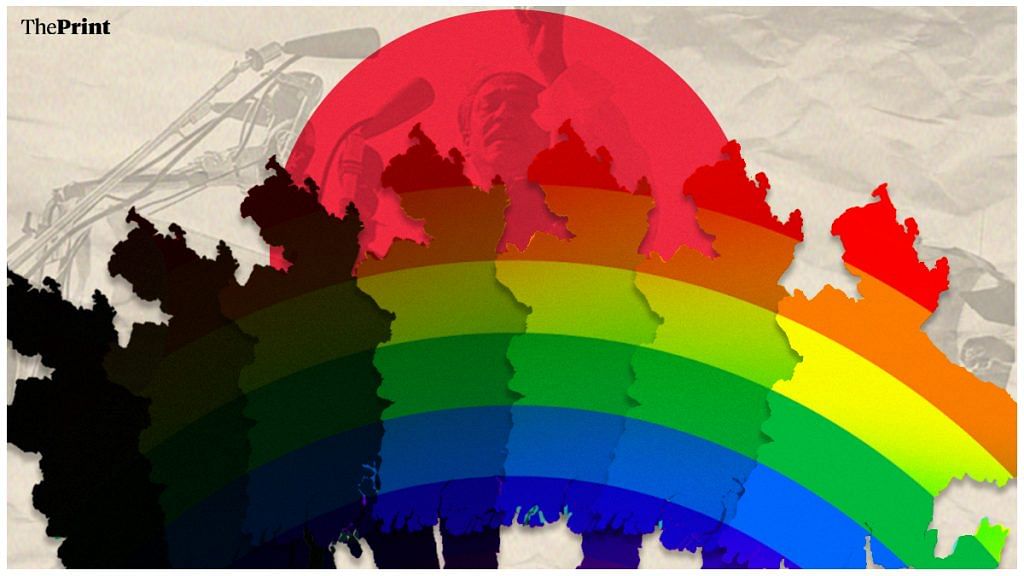Over the past decade, Bangladesh has gained increasing recognition as the stellar economic performer in South Asia. With a per capita income that is now higher than India’s, superior economic growth rates, less inequality, and in some instances better social indicators, Bangladesh has reason to celebrate its golden jubilee as an independent nation. The transformation from the trauma of 1971 is there for all to see. In the early years, foreign aid used to be equal to about a seventh of the country’s GDP; it now accounts for less than 2 per cent. This is no longer Kissinger’s “basket case”, not by a long chalk.
Bangladesh now has better numbers than India on its fiscal deficit, merchandise trade balance, and employment (especially of women). It also has better public debt/GDP and investment/GDP ratios. It has a much larger share of GDP accounted for by manufacturing. And its merchandise exports grew in 2011-19 at an annual rate of 8.6 per cent; India’s grew at 0.9 per cent.
The justification for breaking away from Pakistan is now self-evident. If Dhaka has done better than New Delhi over these 50 years, it has completely outpaced Islamabad on every metric, whether it be demographics (Pakistan now has much the larger population), economics, social indicators or even its democratic credentials, imperfect as they are. On child mortality, for instance, Pakistan’s number is double that of Bangladesh. The charge in the run-up to the 1971 break-up, that Punjab-dominated West Pakistan had reduced East Pakistan to an internal colony, has got post-facto validation.
New tests now await Bangladesh. It risks losing major trade and tariff benefits that it has so far enjoyed because the country moved a couple of years ago from being classified as a least developed country, to developing country status. The first category enjoys duty-free and quota-free access to many rich-country markets, most importantly the European Union, which is now in the process of applying standard developing country yardsticks to Bangladesh.
This means new duties on Bangladesh’s exports into the EU but also limits on access to the generalised system of preferences (GSP). More than 60 per cent of Bangladesh’s exports go to the EU, and well over 80 per cent of the country’s exports comprise textiles and garments. This one-market, one-product specialisation has brought with it vulnerabilities that Dhaka has to address if it is to sustain growth, on which so much depends.
Also read: Modi, Hasina must lay ground for borderless economy between India, Bangladesh
On the human development indicators, it is fair to point out that while Dhaka has outdone New Delhi on important metrics, the story is not one-sided, the performance gap in some cases is quite small, and both countries have shown better improvement rates than the global average. India continues to do marginally better on years of schooling, while on health indicators, Bangladesh is well ahead. Although India’s inequality indicators compare poorly, it continues to score marginally better on the overall Human Development Index (HDI). But take away the income factor and Bangladesh will come out ahead. If Bangladesh continues to outpace India on income growth, it could move ahead of India on the overall HDI, with better equality indicators to boot.
There remains the contentious question of migration. India has argued that Bangladesh has ill-treated its religious minorities (mostly Hindus), causing the sharp decline in its non-Muslim population from 23.2 per cent in 1951 to 9.6 per cent in 2011. The parallel charge is that Bangladeshi Muslims have been migrating to India, leading to a sharp increase in the relative and absolute size of the Muslim population in the border states of West Bengal (27 per cent) and Assam (possibly 38 per cent).
But there is a contradiction in the two sets of numbers. If the out-migration of Hindus has caused their share in Bangladesh’s population to decline, it cannot simultaneously be that the wholesale out-migration of Muslims is changing the religious mix this side of the border. Especially so since overall population growth in West Bengal and Assam has been lower than the national average. There is an undeniable change in the demographic mix on both sides of the border, but it needs a better or more complete explanation.
Also read: Bangladesh’s freedom wasn’t all about Indian military. Public diplomacy played a huge role
